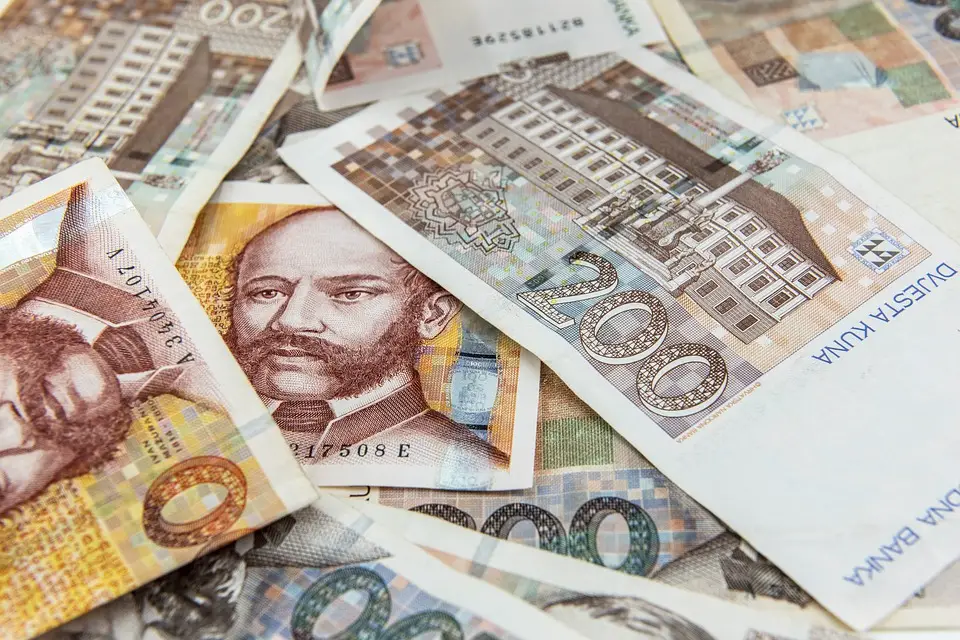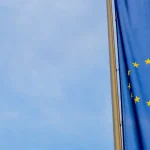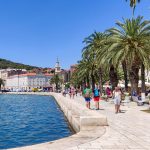As Poslovni Dnevnik/Jadranka Dozan writes, in order to use the 47 billion kuna in grants from the EU’s Recovery and Resilience Mechanism over the next five or six years, the Croatian Government prepared a National Recovery and Resilience Plan (NPO) for final consultations with the European Commission with 152 investment projects and 77 reforms on the table.
Prime Minister Andrej Plenkovic repeatedly emphasised recently that this is a proposal for the Croatian recovery plan, which means that through the process of intensive consultations over the coming weeks, certain modifications are possible and even likely to an extent. This large document, containing more than 1,100 pages, explains the planned reforms and investment projects for which the intention is to obtain 6.4 billion euros in so-called grants. The Prime Minister describes this as key to Croatian economic recovery, increasing resilience to future crises, and overall development in the coming years.
In addition to the positive effects of such investment incentives for domestic economic growth, the reforms required of EU member states under this particular EU instrument should result in the strengthening of institutions and competitiveness. In a year or two, Croatia can go with projects for which it would seek favourable loans as part of the second component of the EU Resilience Fund, and for which Croatia has an additional 3.6 billion euros or about 27 billion kuna at its disposal. All of that is currently sitting on the shelf and is very much in the background at the moment, however.
In addition to the proposal for the Croatian recovery plan, the government will forward the Convergence Programme to the European Commission in a package, which is usually sent to Brussels at this time of year as part of the European Semester. That document also has a strong NPOO stamp. Since the first 6.1 billion kuna is expected to be pre-financed under the Croatian recovery plan at the beginning of autumn, the government estimates that its first effects on economic growth will be seen in Croatia’s growth rate in 2021, and much more in the coming years.
Namely, according to new macroeconomic projections, domestic GDP growth of 5.2 percent is expected this year, with 0.3 percentage points of growth attributed directly to the effect of the Croatian recovery plan. Over the next two years, this effect should be around 1.4 percentage points of growth, meaning that next year it is expected to grow by 6.6 percent instead of 5.2 percent.
The Ministry of Finance has calculated that by 2025, compared to 2020, the implementation of the Croatian recovery plan will cumulatively increase GDP by an additional 4.2 percent when compared to the scenario without the use of the Croatian recovery plan. Finally, in 2026, as the last year of the implementation of the plan, Croatian GDP should be 17 billion kuna higher than it would have been without the Croatian recovery plan in place.
For more, follow our dedicated politics section.












